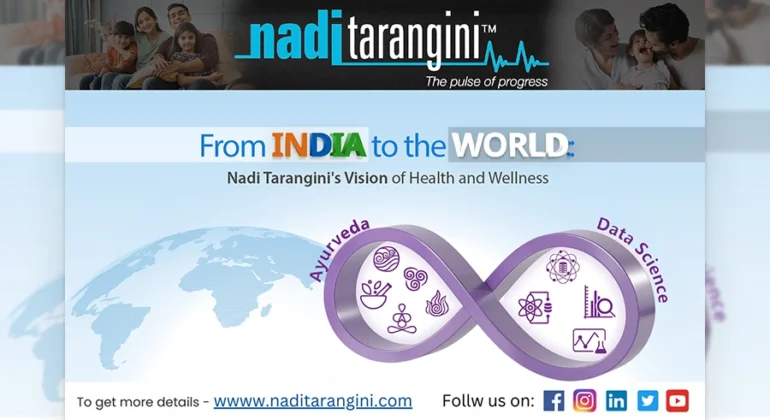Ayurveda, Ayurveda Centers, Ayurvedic Practices, Digital Nadi Pariksha, Global Health Solutions, Health, Health and Wellness, Holistic Medicine, Lifestyle Management, Nadi Pariksha Centers, Nadi Tarangini Centers, Natural Wellness, Preventive Care, Technology and Health, Traditional Healing, Wellness, World
From India to the World: Nadi Tarangini’s Vision of Health and Wellness.
Ayurveda is a traditional system of medicine that originated in India thousands of years ago. It is based on a holistic approach to health and wellness, focusing on the balance between mind, body, and spirit. The practice of Ayurveda has gained popularity globally over the …


